Wondering how to sell digital products?
All you need is a computer, an Internet connection, and a smart strategy. Creating digital downloads takes work, so you want to make sure that your digital product actually sells.
In this article, we’ll go over the basics of selling digital products so you can get started quickly.
- What is a Digital Product?
- How to Sell a Digital Product (Step-by-Step)
- Next Steps: Start Selling Digital Products Online
What is a Digital Product?
A digital product is a digital file that can be bought and sold online. It’s not a physical product that needs to be made, stored, or shipped, so the profit margins for digital products can be quite high.
Some digital product examples include:
- online courses
- subscriptions to content
- plugins or mobile apps
- fonts and assets for graphic design
- printable checklists, planners, workbooks
- stock photos
- tutorials
- audiobooks
Digital products are often a source of passive income for their creators. Once you create a digital product, you can sell it on an almost infinite scale. An automated marketing funnel can drive traffic and customers to your digital product while you work on other parts of your business or take a break. This is a simple way to start an online business.
If you’re interested in creating a digital product, here are some digital product ideas and examples for inspiration.
How to Sell a Digital Product (Step-by-Step)
The process for selling digital products is similar to selling any other kind of product. To successfully sell digital products online, you need:
- A pressing problem to solve
- An audience that needs help solving that problem
- A digital product that solves the problem
- An online business platform to sell your digital goods from
- A marketing and sales plan to bring in potential customers
Let’s look at each of these steps in closer detail.
1. Find a Problem to Solve
Many entrepreneurs start with a product idea. This is normal, but we recommend that you slow down and think before investing lots of time and resources into creating your product.
Every profitable digital product must solve a real problem. After all, no one is going to buy something from you just because you want to make money. Customers purchase products because they believe it will solve their problem.
Therefore, you must first identify the problem you want to solve with your product. This is part of your product’s value proposition. Thinking about this up front will make building and marketing a digital product much easier later.
For example, SEMRush solves the problem of getting all the data you need for online marketing all in one place.
Even “fun” or “non-essential” products have a purpose. For instance, a piece of digital art can solve several problems:
- Affordability
- Ease of delivery compared to physical products
- Desire for self-expression
- Convenience
As another case, web design templates don’t exist just because the developer wanted a product to sell. Templates for design, copywriting, and other creative fields offer convenience and speed to people who may not have the full skills of a professional.
These are just a few examples. Here are some common problems that your digital product can address:
- Convenience: Create a product that makes a difficult task easier
- Wellness: Create a product that improves physical, mental, or emotional health
- Motivation: Create a product that inspires action toward a desired result
- Belonging: Create a product or brand that makes people feel part of a group
2. Build an Audience
Once you’ve identified a problem that your product can solve, it can be tempting to jump straight into designing and building your digital product. We’ll ask you to wait and plan just a little longer!
In order to successfully sell your digital product, you need an audience to sell the product too. Building an audience before, or while, you build your product not only makes launching easier but can help you create a better digital product.
You can ask your target audience:
- what problems they need help solving
- what solutions they’ve already tried
- what worked and didn’t work when they tried other solutions
These answers tell you exactly what your potential customers are looking for. Knowing this can save you from creating a product that no one actually wants or needs. It can also confirm or clarify product-market fit.
Maybe you thought your customers wanted stock photography for their websites, but it turns out they really wanted presets to help them edit their own photos to use. Or you wanted to sell PowerPoint templates, and you learn that most of your customers also use Google Slides and want a product that works on both platforms.
Building an audience beforehand also gives you the opportunity to pre-launch your product. You may be able to collect payment beforehand, which can help offset the cost of developing the product. Either way, your prelaunch marketing should focus on the benefits of the digital product. That way, when you’re ready to launch, some of your customers will already be eager to buy.
A prelaunch optin form might look something like this.
3. Create Digital Products to Sell
Now it’s time to create your digital product! The tools you use to create vary by the type of digital product you want to build:
- Printables and downloads: Use Canva or another graphic design software
- Plugins and apps: Code your own or use a no-code platform like Bubble
- Memberships and subscriptions: Add a plugin like MemberPress to your existing WordPress site or try another membership platform
- Online courses: Use a learning management system (LMS) plugin like Thrive Apprentice or a standalone course platform like Teachable
Customers tend to be more skeptical about digital products since they can’t see or hold it. Make sure that your digital product is high-quality and has all the functionality and features that you promise it will. Few things can sink a small business faster than lots of negative reviews and refund requests.
As you can see in the example below, the creator of these eBooks still took the time to create nice covers and product image mockups.
4. Set Up Your Online Store
Once you have your digital product ready, you can set up your online store. An online shop for digital products should have all the components of a regular eCommerce site:
- product pages
- shopping cart
- checkout system
- integrations with different payment processors like Stripe or Paypal
This online store features printables and looks very similar to a typical eCommerce website.
When choosing an eCommerce platform for your digital products, there are some that can handle digital and physical products like Shopify or WooCommerce. If you’re only selling digital downloads, then you may want something simpler like Easy Digital Downloads. Membership website builders can help you build a subscription or membership site. Podcast or audiobook hosting services often have the ability to sell digital products as well.
Be aware that some eCommerce sites like Gumroad or Substack take a portion of your revenue in addition to any transaction fees charged by your payment processors. Choosing a self-hosted option like MemberPress or Easy Digital Downloads can reduce your costs.
Another option is to add your digital product to online marketplaces like Etsy, Creative Market, or Amazon. This can be a good way to launch new products since these marketplaces give you access to a larger audience than you might be able to reach on your own. The downside is that marketplaces also charge fees. You may want to put only your bestselling products on marketplaces and then try to send those customers to your own website.
5. Drive Traffic to Your Product
Finally, after you’ve set up your online store, it’s time to market your digital product.
If you started building an email list before launch, now’s the time to send email marketing campaigns promoting your digital product. Even if you don’t have subscribers yet, you can start building an email list any time.
Partnerships with bloggers and influencers can be another effective way to get your product in front of more people. Choose partners whose audiences have similar needs as yours. For example, if you self-publish a romance book, look for book bloggers who enjoy reading romances instead of those who specialize in another genre like thrillers.
You can also set up a content marketing funnel on your website to drive traffic to your digital product sales page.
First, publish SEO-friendly blog articles, social media posts, and other content related to your product to bring in search traffic. Then, use optin forms to add some of those visitors to your email list. Once they’re on your list, you can send marketing emails promoting your digital product.
One easy way to start selling more digital products is with OptinMonster.
OptinMonster is the best list-building tool for anyone looking to sell digital products online. With its powerful lead generation and conversion optimization features, OptinMonster makes it easy to attract, engage, and convert visitors into customers.
The platform offers a wide range of customizable optin forms, such as popups, slide-ins, and full-screen overlays. The drag and drop builder lets you tailor your forms to match your brand and website design.
Additionally, OptinMonster’s advanced targeting and behavior personalization options allow you to show your marketing messages to the most interested visitors. You can target visitors based on browsing behavior, membership status, engagement with other campaigns, and much more.
For instance, the campaign below could be shown only to exiting visitors who aren’t already members of the site.
Check out how ClickBank used OptinMonster to increase online course sales by 100%.
Whether you’re a blogger, online retailer, or an e-commerce business, OptinMonster is the perfect tool to help you sell more digital products and grow your online business.
Next Steps: Start Selling Digital Products Online
Now that you know how to sell digital products, it’s time to get started selling them on your own website. Check our recommendations for the best digital download plugins or our tutorial on how to sell digital products with WooCommerce.
To sell more digital products on any platform, give OptinMonster a try today!

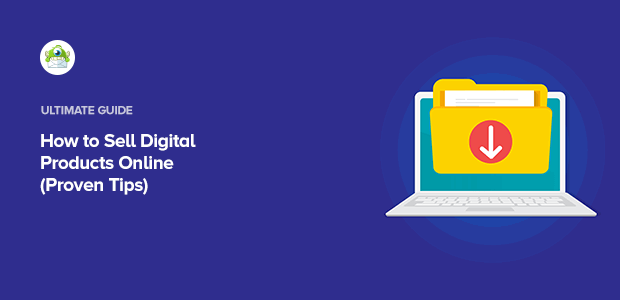
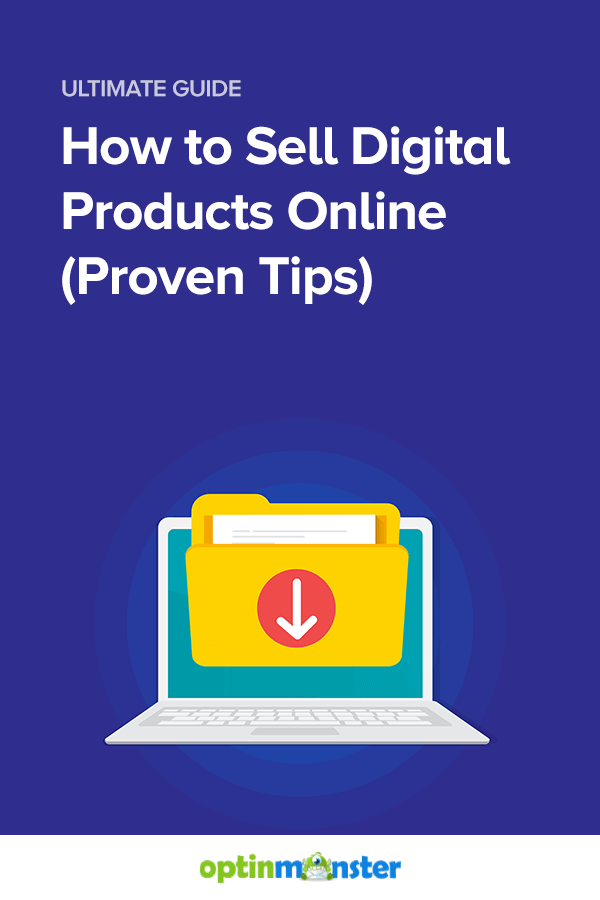
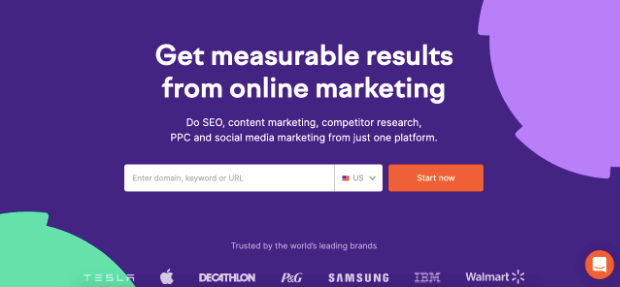


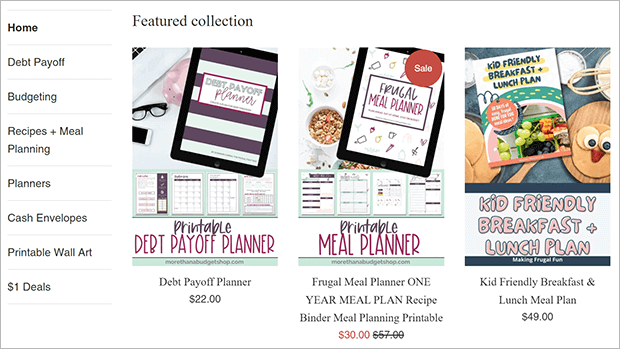
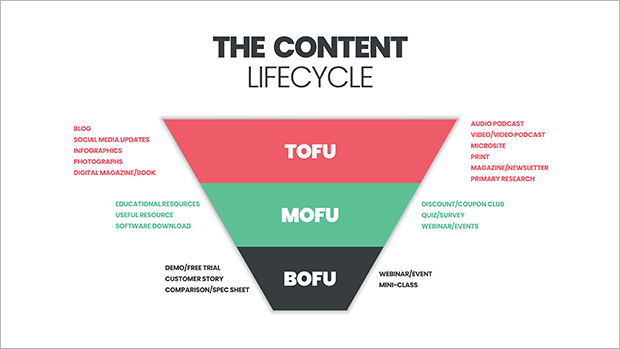

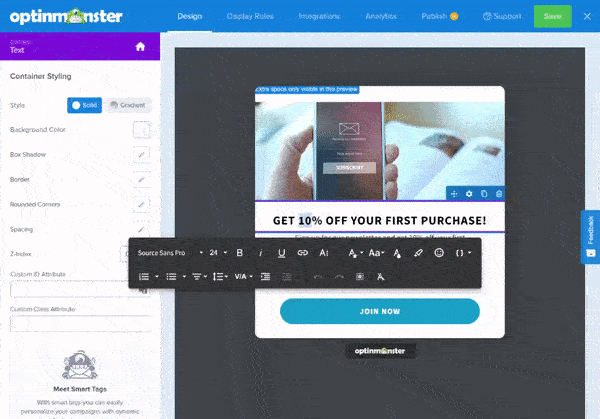

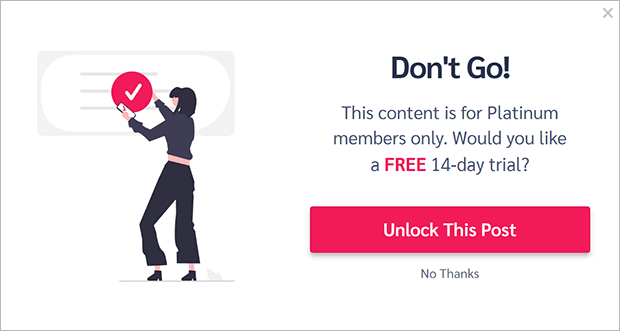








Add a Comment